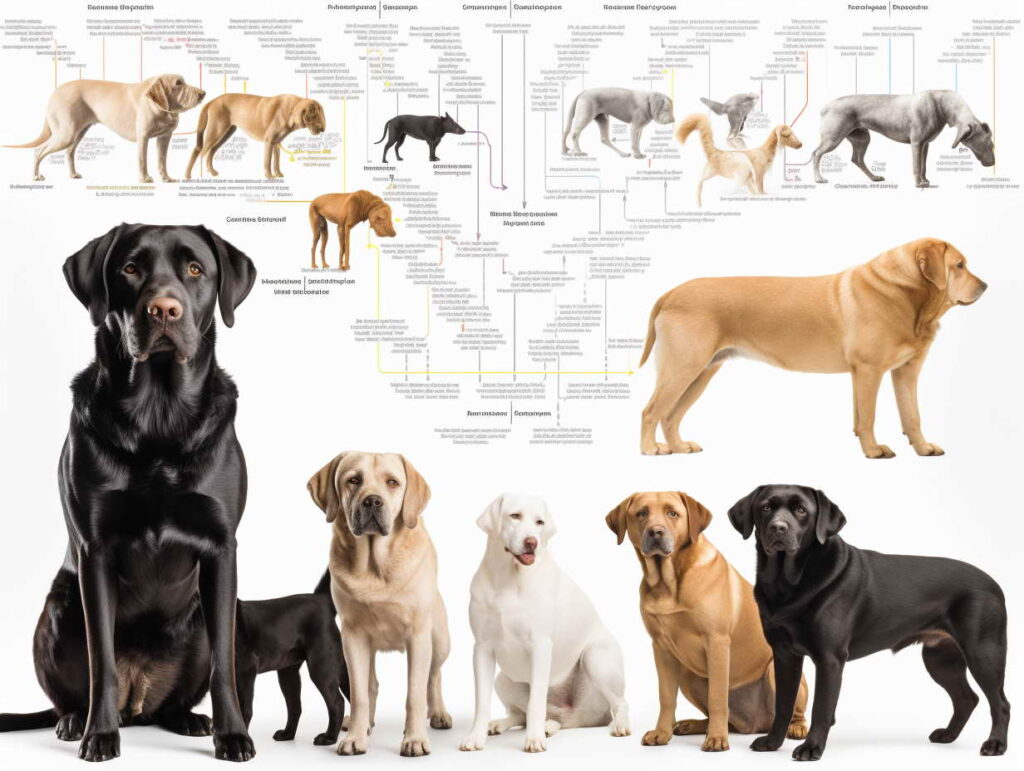
Dog Breed Genetics: Unraveling the Canine DNA Mystery
If you’re a dog lover, you’ve probably marveled at the incredible diversity among different dog breeds. From the tiny Chihuahua to the massive Saint Bernard, these four-legged companions come in all shapes, sizes, and personalities. Have you ever wondered what’s behind this incredible variation? The answer lies in the realm of Dog Breed Genetics.
Introduction
Dog Breed Genetics is a captivating field that delves into the intricate world of canine DNA. In this article, we’ll take you on a journey through the genetics that underpin the various breeds, traits, and behaviors of our furry friends. We’ll explore the science, the history, and the fascinating intricacies of Dog Breed Genetics.
So, let’s embark on this adventure to understand our beloved pets better!
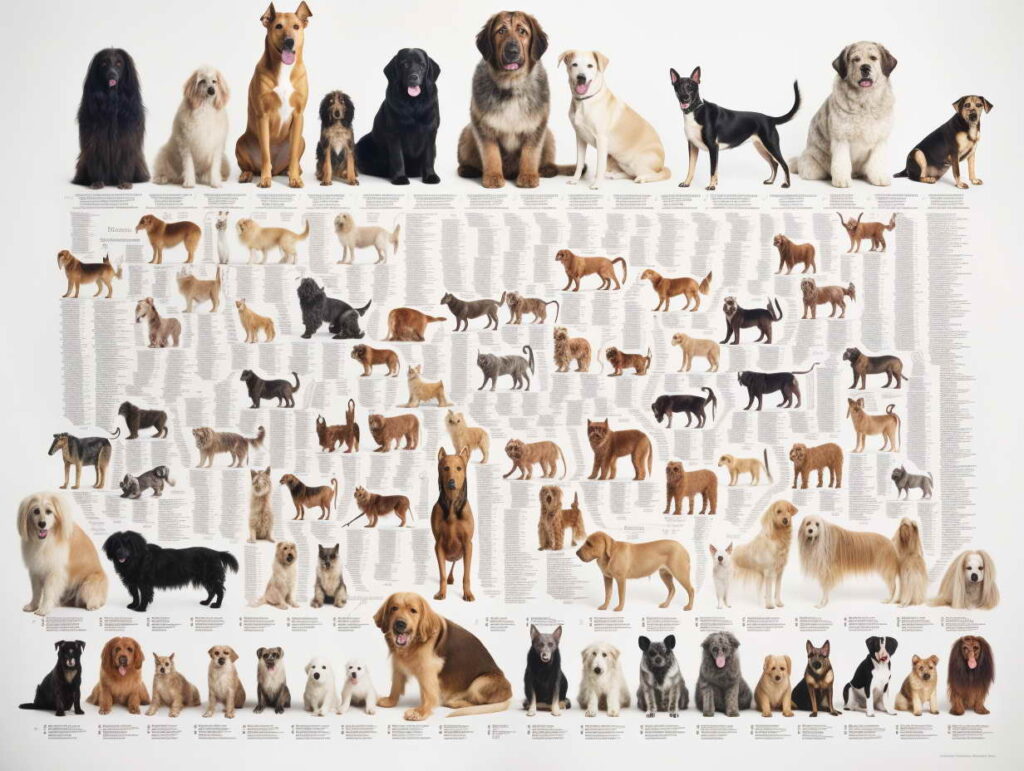
Understanding Dog Breed Genetics
The Basics
To truly grasp Dog Breed Genetics, one must start with the fundamentals. Every dog’s genetic composition is a result of the genes inherited from their parents. Just as human offspring inherit traits like eye color and height from their parents, dogs inherit characteristics that determine their appearance, temperament, and even susceptibility to certain health issues.
Understanding the basics involves recognizing that each dog’s unique genetic code is carried within their DNA, or deoxyribonucleic acid. DNA is a remarkable molecule, a double-helix structure that serves as the blueprint for a dog’s entire existence. Within this DNA are the genes responsible for the countless traits that make each dog individual.
The Role of DNA
DNA is not just a biological alphabet; it is the core language of life itself. In the context of Dog Breed Genetics, DNA is a fascinating script that encodes every nuance of a dog’s existence. It’s this genetic script that contains the instructions for the growth, development, functioning, and reproduction of all living organisms, including our canine companions.
Imagine DNA as a library containing volumes of information. Each book represents a gene, and every gene is responsible for a specific trait. Some genes dictate the color of a dog’s coat, while others determine their size, shape, or behavior. By understanding how these genes function, we can unravel the mysteries of why one breed of dog differs so significantly from another.
Genetic Variability
Perhaps one of the most intriguing aspects of Dog Breed Genetics is genetic variability. This phenomenon is at the heart of the vast diversity of dog breeds we see today. Genetic variability arises from mutations, which are random changes that occur in DNA. These mutations are responsible for the differences in traits among various breeds, making each one unique.
For example, consider a trait as simple as coat color. In the genetic library, there are various “editions” of the gene responsible for coat color. These editions can create different colors and patterns. Mutations within these editions can lead to a wide range of possibilities, from the spotted coat of a Dalmatian to the solid black fur of a Labrador Retriever.
In essence, the rich tapestry of genetic mutations has given rise to the incredible diversity of dog breeds, each with its own set of characteristics, quirks, and behaviors. Understanding these mutations is akin to reading the intricate history of each breed and appreciating the unique story that genetics has written for them.
The Science Behind Dog Breed Genetics
Dog Breed Genetics is a complex and ever-evolving field that combines science, history, and the art of breeding. It’s a journey into the very essence of what makes each dog breed special and distinct. By diving into the intricacies of inheritance, DNA, and mutations, we gain a deeper appreciation for the four-legged friends who share our lives. Understanding Dog Breed Genetics is not just about science; it’s about unraveling the beautiful mystery of our canine companions.
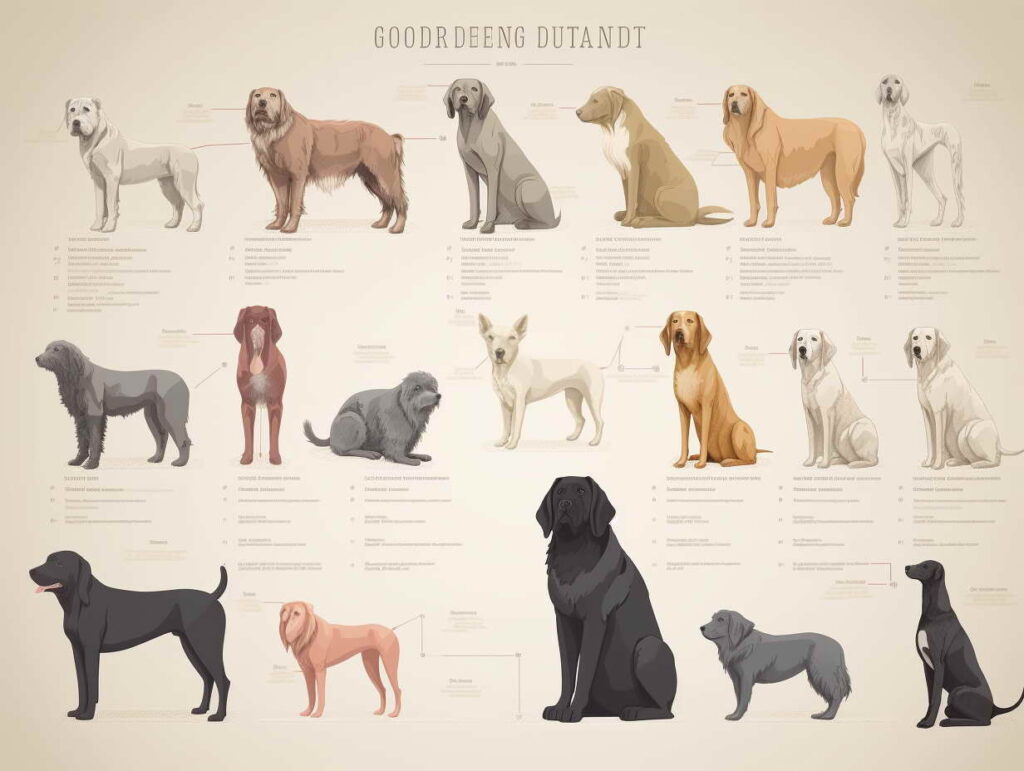
Dog Breed Genetics in Practice
Breeding and Selection
Understanding the practical application of Dog Breed Genetics involves delving into the art and science of breeding. Breeders play a pivotal role in shaping the characteristics of dog breeds by carefully selecting and mating dogs with specific traits.
Selective breeding, also known as artificial selection, is the primary tool in shaping the genetic makeup of dog breeds. Breeders choose dogs with desired traits, such as size, coat color, temperament, or even specialized skills like herding or hunting. Through successive generations of selective breeding, these traits become more prominent and predictable.
For example, consider the Border Collie, known for its herding abilities. The breed’s extraordinary herding skills have been honed over generations through the selection of dogs with superior herding instincts. This is a testament to how human intervention in breeding has shaped the genetic profile of certain breeds to serve specific purposes.
Inheritance of Traits
Understanding Dog Breed Genetics also involves grasping how traits are passed from one generation to the next. Genes are the carriers of these traits, and they can be dominant or recessive. Dominant traits only require one copy of the gene from one parent to be expressed, while recessive traits necessitate two copies, one from each parent.
Let’s take coat types as an example. The gene for a curly coat is dominant, while the gene for a straight coat is recessive. If a dog inherits one curly coat gene and one straight coat gene, it will have a curly coat because the dominant gene takes precedence.
This aspect of genetics explains why certain traits, such as coat color or ear shape, are consistently seen in specific breeds. The careful selection of dominant and recessive genes through breeding ensures the perpetuation of these desired traits in the offspring.
Health Considerations
Dog Breed Genetics goes beyond aesthetics and behavior; it significantly impacts the health of our furry friends. Some breeds are more prone to genetic health issues due to their unique genetic makeup. These conditions can include hip dysplasia, heart problems, or skin disorders.
Responsible breeders prioritize the well-being of the animals they work with. Genetic testing is a crucial tool in identifying potential health risks in breeding dogs. This testing helps breeders make informed decisions to reduce the prevalence of specific health conditions within a breed.
For example, breeds like the Cavalier King Charles Spaniel are prone to heart conditions. Through genetic testing and selective breeding, ethical breeders can reduce the risk of these conditions in future generations. This not only benefits the dogs but also the people who bring them into their homes.
In essence, Dog Breed Genetics in practice means striking a balance between maintaining the unique traits that define a breed and addressing the health issues that may arise due to the same genetics. It’s about ensuring that our canine companions are not only beautiful and well-behaved but also healthy and happy.
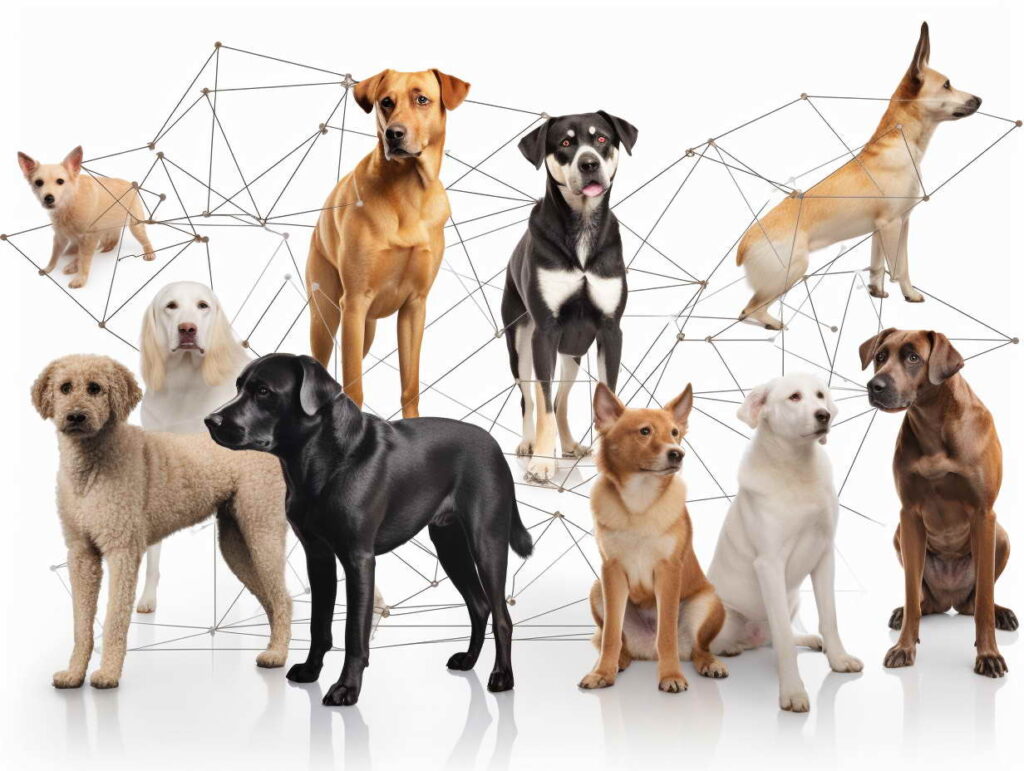
The Importance of Responsible Breeding
Ethical Considerations
Responsible breeding in the world of Dog Breed Genetics is not just a matter of genetics; it’s also a matter of ethics and compassion. The choices breeders make have a profound impact on the lives of the dogs they bring into this world. Ethical considerations should guide every decision in the breeding process.
One of the key ethical principles in responsible breeding is to prioritize the health and well-being of the dogs. This means not only selecting for desired traits but also taking steps to prevent the transmission of inherited genetic conditions. Breeders must conduct thorough health screenings, genetic testing, and regular veterinary care to ensure that the breeding dogs are free from known genetic health issues.
Additionally, responsible breeders aim to reduce the risk of inbreeding, which can lead to an increased likelihood of genetic disorders. By diversifying the gene pool and avoiding close relatives in breeding, they strive to produce healthier and genetically robust litters.
Mixed-Breed Dogs
While purebred dogs often steal the spotlight, mixed-breed dogs, affectionately known as mutts, play a vital role in the realm of responsible breeding. These dogs represent genetic diversity at its finest. Their backgrounds are a blend of various breeds, resulting in unique and often healthier combinations.
Mixed-breed dogs frequently exhibit what’s known as hybrid vigor or heterosis. This phenomenon occurs when the diverse genetics of mixed-breed dogs contribute to overall health and vitality. They tend to have fewer genetic health issues and can lead longer, healthier lives.
Furthermore, the unpredictability of mixed-breed dogs can be a significant advantage. It’s challenging to anticipate their specific traits, making them a delightful surprise for adopters. Their personalities, appearances, and behavior can be a delightful combination of various breeds, making each mixed-breed dog one-of-a-kind.
Mixed-breed dogs serve as a reminder that genetics is just one piece of the puzzle. While responsible breeding practices are essential for purebred dogs, mixed-breed dogs showcase the beauty of genetic diversity and the potential for creating healthier and more robust canine companions.
FAQs
Are purebred dogs more prone to health issues?
Purebred dogs can be more susceptible to certain genetic conditions due to a limited gene pool. Responsible breeding practices can help mitigate this risk.
Can you predict a dog’s behavior based on its breed?
The breed can provide insights into a dog’s behavior, but individual temperament and upbringing also play significant roles.
Why do some dog breeds have distinctive appearances?
Selective breeding has led to the development of distinct appearances in various breeds, emphasizing specific traits.
Can genetic testing help prevent inherited health issues in dogs?
Yes, genetic testing can identify potential health risks and allow breeders to make informed decisions to improve the health of the breed.
What’s the role of hybrid or designer dogs in Dog Breed Genetics?
Hybrid dogs result from crossing two different purebred dogs. They can inherit traits from both parent breeds, making them unique and often healthier.
How can I ensure I’m adopting a healthy dog?
Work with reputable breeders or consider adopting from a shelter. Conduct thorough research on the breed’s potential health issues and choose a responsible source.
Conclusion
Dog Breed Genetics is a captivating journey into the science that shapes our beloved canine companions. From the basics of inheritance to the complexities of breeding, genetics plays a pivotal role in the diverse world of dog breeds. Remember, whether you’re considering adopting a purebred or a mixed-breed dog, responsible breeding and ethical considerations should guide your choices.
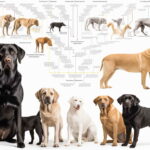
Leave a Reply